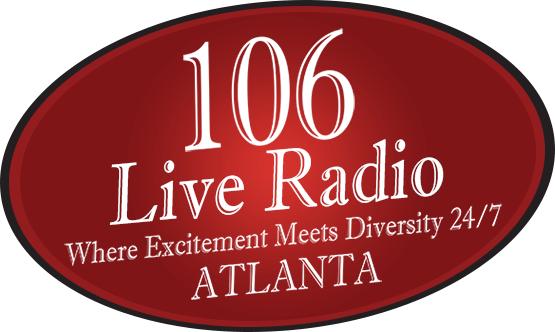What Is A Halfway House? Halfway House Rules, Guidelines, & What To Expect
Level IV recovery homes tend to have a more institutional building framework. Level III homes employ administrative staffers, such as a facility manager and certified staff of case managers, and maintain an organizational hierarchy. Adding on to previous Levels’ services, Level III includes an emphasis on life skill development, offsite clinical services and in-house service hours. A Level II recovery residence assigns a house manager or senior resident to oversee the workings of the house and has at least one paid staff member. Level II includes the services of a Level I home as well as peer-run group and self-help and/or treatment. Read on to learn more about sober living houses, including how they function, whether one may be right for you or a loved one and how to find a reputable facility in your area.

Risks and Downsides of Sober Living Homes
Both play critical roles in the continuum of care for substance abuse recovery, each addressing different needs and stages of the recovery process. By leveraging the strengths of both environments, individuals have a better chance of achieving and maintaining sobriety. Historically, the proliferation of inpatient and residential treatment programs in the 1960s and 1970s marked a critical shift in addressing substance abuse.
Who Can Live In A Halfway House?
Under recently updated NARR standards, certified sober living homes are encouraged to provide secure storage for medications and facilitate access to MAT as prescribed. These homes are also encouraged to maintain a supply of naloxone and ensure staff are trained in overdose reversal, supporting a safer recovery environment. Some sober living homes may have restrictions on accepting individuals https://thecoloradodigest.com/top-5-advantages-of-staying-in-a-sober-living-house/ with certain types of criminal backgrounds, particularly if there are concerns about the safety and well-being of other residents. This is done to maintain a secure and supportive environment within the sober living home. House managers are pivotal in maintaining the sanctity and order of sober living houses. Their primary responsibility is to ensure that residents adhere to the house rules.
- The program assists individuals in transitioning from incarceration to reintegration into society by providing them with accommodation throughout the transitional period.
- Halfway houses provide a safe and supportive setting for those in early recovery from drug or alcohol addiction.
- Florida sober living homes are also monitored by a dedicated group of lawmakers and stakeholders in the state, called the Sober Homes Task Force, for insurance fraud and abuse.
- One of the best practices is to stay connected with external support systems.
- The National Association of Recovery Residences established the voluntary certification model that inspired these states to follow suit.
Are You Struggling with Facebook Addiction Disorder?
- To qualify, patients must have moderate to severe stimulant use disorder, with symptoms such as strong cravings for the drug and prioritizing it over personal health and well-being.
- Before a visitor is allowed in, the house will normally inspect their belongings.
- Their networks connect residents to external resources such as therapists, job agencies, or community services, making the recovery journey more comprehensive.
- A small number of unethically managed sober living homes continue to engage – either directly or indirectly – in patient brokering.
Smith recommends asking and looking for what sets one SLH apart from the others to make sure its focus and expertise align with your objectives and personality. Sober living homes are a critical component of the recovery landscape, offering numerous benefits but also facing distinct challenges. For those considering Sober House this option, it’s important to weigh these factors carefully and choose a home that best meets individual recovery needs. The core principles set by the National Association For Recovery Residences (NARR) are followed by individual standards that establish the minimum criteria for certification.

Los Angeles has 42 participating providers and has served 1,566 people — both the most of any county, the department said. The length of stay varies tremendously, but most people stay anywhere between three to twelve months. The length of stay gives them enough time to secure a steady job and feel confident in their sobriety. David Beasley is a compassionate leader and the visionary founder of Design for Recovery Sober Living Homes, where he dedicates his life to helping individuals reclaim their lives from addiction. While some accommodations provide bedrooms that two or three people can share, others provide larger rooms that are furnished with bunk beds to accommodate more residents. It is important to note that recording or sharing the video is restricted in order to maintain confidentiality and security.
How Sober Living Homes Differ From Halfway Houses
National Library of Medicine, all residents must abide by the rules, and abstain from alcohol and/or drugs. By house managers enforcing these rules, it helps to properly manage the house and keep it safe for everyone living in it. Your health and wellness is unique to you, and the products and services we review may not be right for your circumstances. Many sober living homes also require residents to pay weekly rent following a one-time move-in fee, according to Robilio. Level IV employs an organizational hierarchy of credentialed staff and adds on clinical and administrative supervision. Level IV services include in-house clinical services and programming and life skill development.
